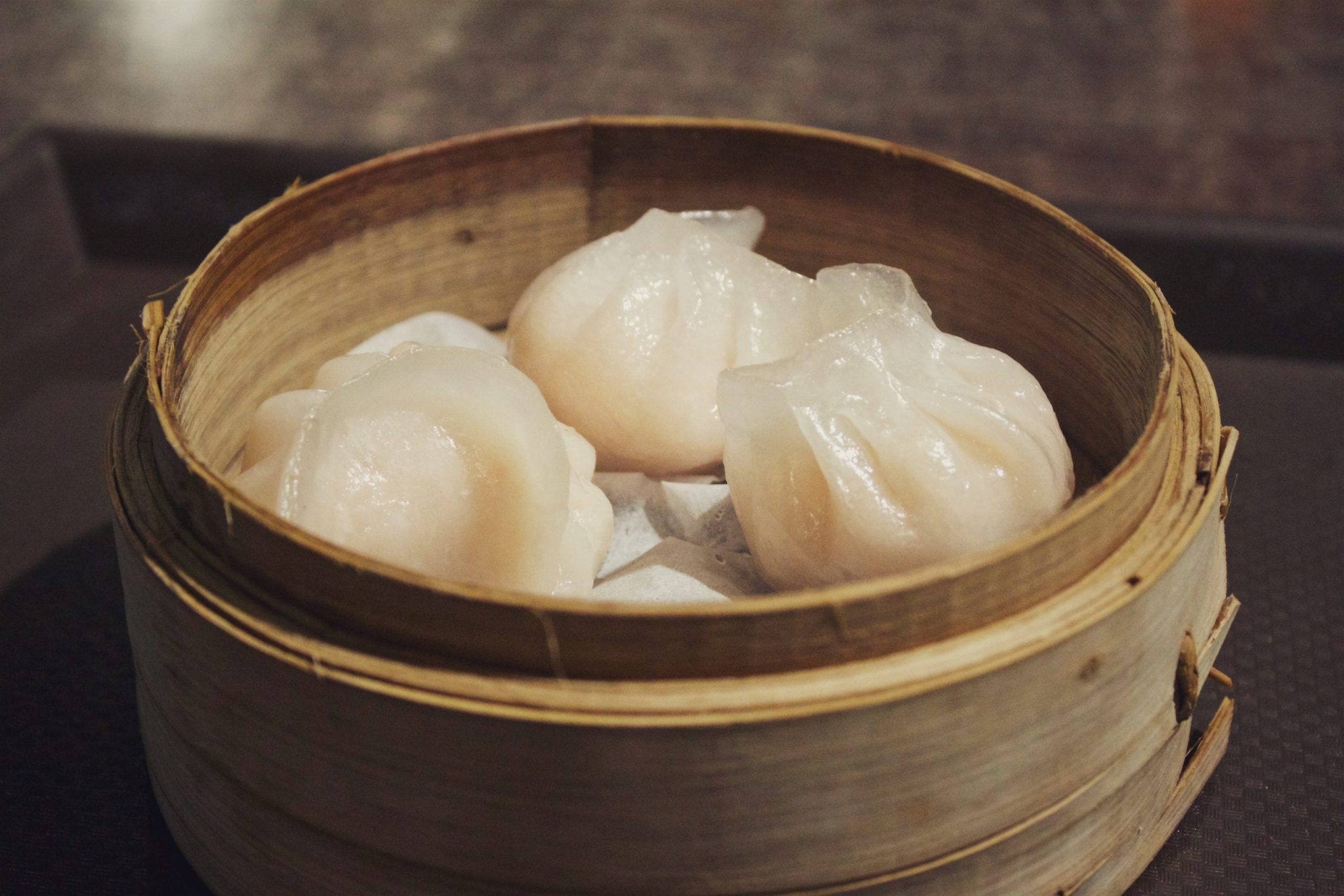

Articles
How To Use A Bamboo Steamer For Dumplings
Modified: February 26, 2024
Learn how to use a bamboo steamer for dumplings with our informative articles. Explore the step-by-step guide and elevate your cooking skills today!
(Many of the links in this article redirect to a specific reviewed product. Your purchase of these products through affiliate links helps to generate commission for Storables.com, at no extra cost. Learn more)
Introduction
Steaming is a traditional cooking method that has been used for centuries to prepare a variety of dishes. It is a gentle and healthy way to cook food, as it retains the natural flavors and nutrients. When it comes to steaming, one popular tool that is often used is a bamboo steamer. In this article, we will explore the art of using a bamboo steamer specifically for dumplings.
Although steaming may seem like a simple technique, using a bamboo steamer adds a unique touch and enhances the overall experience of cooking and eating dumplings. The bamboo steamer not only imparts a distinct flavor to the dumplings but also helps in achieving the perfect texture – tender and moist.
In this comprehensive guide, we will delve into the different aspects of using a bamboo steamer for dumplings. From choosing the right bamboo steamer to cleaning and caring for it, we will cover it all. Whether you are a seasoned cook or a beginner in the kitchen, this article will equip you with the knowledge and techniques to make delicious dumplings using a bamboo steamer.
So, let’s embark on this culinary journey and learn the art of using a bamboo steamer to elevate your dumpling-making skills to the next level!
Key Takeaways:
- Elevate your dumpling-making skills with a bamboo steamer, ensuring tender, moist dumplings infused with a subtle, earthy aroma for an authentic and flavorful dining experience.
- Embrace the rich culinary traditions of Asian cuisine by using a bamboo steamer to create delicious, restaurant-quality dumplings at home, enhancing the flavors and textures with gentle, even steaming.
Read more: How To Cook Dumplings In Bamboo Steamer
What is a Bamboo Steamer?
A bamboo steamer is a traditional cooking vessel made from natural bamboo. It consists of multiple tiers or layers that are stacked on top of each other, with each layer having small slits or holes for steam to pass through. The steamer is designed to fit snugly inside a wok or a pot, allowing the steam to circulate and cook the food evenly.
Bamboo steamers have been used for centuries in Chinese and Asian cuisine to prepare a variety of dishes, with dumplings being one of the most popular. The unique construction of the bamboo steamer allows for gentle and even heat distribution, ensuring that food is cooked to perfection.
One of the key features of a bamboo steamer is its natural material. The bamboo used to make the steamer is eco-friendly, renewable, and non-toxic. It does not leach any harmful chemicals or flavors into the food, making it a safe and healthy cooking option.
Another advantage of using a bamboo steamer is its ability to infuse the food with a subtle, earthy aroma. As the steam rises and passes through the bamboo, it imparts a distinct flavor to the food, enhancing its taste and appeal.
Bamboo steamers come in a variety of sizes, ranging from small ones that can hold a few dumplings to larger ones that can accommodate a whole meal. They are versatile and can be used to steam not only dumplings but also vegetables, seafood, meats, and even desserts.
Overall, a bamboo steamer is a versatile and traditional cooking tool that adds a unique touch to the steaming process. Its natural material, even heat distribution, and ability to enhance flavors make it a preferred choice for many home cooks and professional chefs alike. So, if you are looking to elevate your steaming game and bring an authentic touch to your cooking, a bamboo steamer is a must-have in your kitchen arsenal.
Why Use a Bamboo Steamer for Dumplings?
There are several compelling reasons to use a bamboo steamer specifically for cooking dumplings. Let’s explore why this traditional cooking tool is the ideal choice for making delicious, steamed dumplings.
First and foremost, using a bamboo steamer allows for gentle and even steaming. The natural bamboo material and the design of the steamer allow steam to circulate evenly, ensuring that the dumplings cook uniformly. This gentle cooking method helps to retain the moisture and tenderness of the dumplings, resulting in a soft and succulent texture.
The porous nature of the bamboo steamer also allows excess moisture to escape, preventing the dumplings from becoming soggy. This ensures that the dumpling skins remain light and delicate while the filling is perfectly cooked.
Another advantage of using a bamboo steamer is that it imparts a subtle, earthy flavor to the dumplings. As the steam rises and passes through the bamboo, it infuses the dumplings with a hint of aromatic goodness, enhancing their taste and overall dining experience. This natural infusion of flavors adds a unique touch and elevates the dumplings to a whole new level.
Furthermore, using a bamboo steamer promotes healthy cooking. Steaming is a cooking method that requires little to no added oil, making it a healthier alternative to frying or other cooking techniques. The bamboo steamer helps to maintain the nutritional value of the dumplings, preserving their vitamins, minerals, and natural flavors.
In addition, bamboo steamers are easy to use and require minimal maintenance. They are lightweight and stackable, allowing you to steam multiple batches of dumplings simultaneously. The steamer is also easily adjustable, enabling you to control the cooking time and temperature according to your preferences.
Using a bamboo steamer for dumplings also adds an aesthetic appeal to your cooking process. The natural and rustic appearance of the bamboo steamer enhances the visual appeal of the dumplings, making them an attractive centerpiece for your table.
Finally, using a bamboo steamer provides a connection to the rich culinary traditions of Asian cuisine. It allows you to recreate authentic dim sum experiences at home and enjoy the same flavors and textures that have been cherished for centuries.
With all these benefits summed up, it is clear why using a bamboo steamer for dumplings is a wise choice. From ensuring even and moist cooking to infusing delicate flavors, this traditional cooking tool adds a special touch to your dumpling-making adventures. So, grab a bamboo steamer and get ready to steam your way to delicious, restaurant-quality dumplings right in the comfort of your own kitchen.
Choosing the Right Bamboo Steamer
When it comes to choosing a bamboo steamer for cooking dumplings, there are a few key factors to consider. Let’s explore what to look for when selecting the right bamboo steamer for your culinary needs.
First and foremost, consider the size of the bamboo steamer. The size you choose will depend on the quantity of dumplings you plan to make regularly. Smaller steamers are suitable for individual or small servings, while larger ones can accommodate a larger batch. Keep in mind that the steamer should fit comfortably inside your cooking vessel, such as a wok or a pot.
Next, pay attention to the construction and quality of the bamboo steamer. Look for a steamer made from sturdy and tightly-woven bamboo strips. Don’t be afraid to give it a gentle squeeze to ensure that the bamboo is firm and not brittle. A well-constructed bamboo steamer will be more durable and will last longer, allowing you to enjoy many dumpling-filled meals for years to come.
It’s also essential to check the spacing between the bamboo slits or holes. The spacing should be small enough to prevent the dumplings from falling through, while still allowing steam to circulate freely. This ensures that the dumplings are cooked evenly without any mishaps.
Consider the design and functionality of the bamboo steamer as well. Look for a steamer with multiple tiers or layers. This allows you to stack several layers of dumplings, optimizing your cooking space and time. The steamer should also have a snug-fitting lid that helps to trap the steam and maintain a consistent cooking temperature.
Another aspect to consider is the presence of a liner or parchment paper. Some bamboo steamers come with a liner or include parchment paper that can be placed on the steaming racks. This prevents the dumplings from sticking to the bamboo and makes cleanup much easier. If the steamer you choose doesn’t come with a liner, you can easily cut parchment paper or cabbage leaves to fit the steaming racks.
Lastly, take into account your personal preferences and cooking habits. If you plan to use the bamboo steamer frequently, invest in a high-quality steamer that can withstand repeated use. Consider the aesthetics as well – choose a bamboo steamer that appeals to you visually and complements your kitchen decor.
By considering these factors, you can ensure that you choose the right bamboo steamer for your dumpling-making adventures. A well-selected steamer will not only make the cooking process more enjoyable but will also contribute to achieving mouthwatering results. So, select your bamboo steamer wisely and get ready to embark on a flavorful journey of dumpling perfection.
Preparing the Bamboo Steamer
Before using your bamboo steamer for the first time, there are a few important steps to follow to ensure that it is clean and ready for cooking. Here is a guide on how to properly prepare your bamboo steamer.
Start by thoroughly rinsing the bamboo steamer with warm water. This will remove any dust or debris that may have accumulated during storage. Avoid using soap or detergent, as it can leave a residue and alter the flavors of the dumplings. Rinse the steamer under running water or immerse it in a basin of water and gently rub the bamboo surfaces with your hands.
Once rinsed, fill a large pot or a sink with water and submerge the bamboo steamer in it. Allow the steamer to soak for about 15-20 minutes. This step helps to soften the bamboo and prevent it from drying out during the steaming process.
After soaking, remove the bamboo steamer from the water and pat it dry with a clean cloth or paper towel. Take extra care to dry the bamboo thoroughly, as excess moisture can lead to mold growth. Ensure that both the interior and exterior of the bamboo steamer are completely dry before proceeding.
To prevent the dumplings from sticking to the bamboo, it is recommended to line the steaming racks with a liner or parchment paper. If your bamboo steamer did not come with a liner, you can cut parchment paper into circles or use cabbage leaves as an alternative. Place the liner on each layer of the steamer, ensuring that it covers the entire surface.
Once you have prepared the bamboo steamer, it is ready for use. However, before placing it over the heat source, it is crucial to prepare the cooking vessel. Fill a pot or a wok with water, ensuring that the water level is below the bottom layer of the bamboo steamer. This will create the steam needed to cook the dumplings.
By properly preparing the bamboo steamer, you ensure its cleanliness and readiness for cooking delicious dumplings. Following these steps will help maintain the integrity of the bamboo and ensure that your dumplings cook evenly and without sticking. Now that your steamer is prepared, you are ready to move on to preparing the dumplings themselves.
When using a bamboo steamer for dumplings, make sure to line the steamer with parchment paper or cabbage leaves to prevent the dumplings from sticking to the bamboo. This will make it easier to remove them once they are cooked.
Read more: How Do You Use A Bamboo Steamer
Preparing the Dumplings
Now that your bamboo steamer is prepared, it’s time to move on to the exciting part – preparing the dumplings! Here’s a step-by-step guide on how to make delicious dumplings to steam in your bamboo steamer.
1. Prepare the Dumpling Filling: Start by preparing the filling for your dumplings. You can choose from a variety of options, such as pork, chicken, vegetable, or seafood fillings. Finely chop all the ingredients and combine them in a bowl. Season the filling with spices, herbs, and sauces to enhance the flavor. Mix everything well until the filling is thoroughly combined.
2. Prepare the Dumpling Dough: If you’re making your own dumpling dough, now is the time to do so. Mix together all-purpose flour and water until a dough forms. Knead the dough until it becomes smooth and elastic. Cover it with a clean cloth and let it rest for about 30 minutes. This resting time allows the gluten to relax and makes the dough easier to work with.
3. Roll out the Dumpling Wrappers: After the dough has rested, divide it into small portions. Take one portion and roll it out into a thin, circular shape using a rolling pin. The wrappers should be thin enough to encase the filling but thick enough to hold their shape during steaming. Repeat this process with the remaining portions of dough.
4. Fill and Shape the Dumplings: Place a spoonful of filling in the center of a dumpling wrapper. Dip your finger in water and run it along the edges of the wrapper to moisten it. Fold the wrapper in half, enclosing the filling, and pinch the edges together to seal. You can also crimp the edges to create decorative patterns or fold the dumplings into different shapes, such as crescent-shaped or pleated.
5. Arrange the Dumplings in the Bamboo Steamer: Once the dumplings are shaped, lightly grease the steaming racks of the bamboo steamer with oil to prevent sticking. Arrange the dumplings on the racks, leaving a small gap between each dumpling. Be careful not to overcrowd the steamer, as this can lead to uneven cooking.
Now that your dumplings are ready, it’s time to move on to steaming them in your bamboo steamer. But before we do that, let’s explore the next section on how to properly steam the dumplings to achieve perfect results.
Steaming the Dumplings
With the dumplings prepared and arranged in your bamboo steamer, it’s time to start the steaming process. Follow these steps to ensure your dumplings are perfectly steamed and cooked to perfection:
1. Set up the Steamer: Place the prepared bamboo steamer over a pot or a wok filled with water. Make sure the water level is below the bottom layer of the steamer. The water should not touch the dumplings, as it’s the steam that will cook them.
2. Bring the Water to a Boil: Cover the pot or wok with a lid and turn the heat to high. Allow the water to come to a rapid boil. This will generate enough steam to cook the dumplings.
3. Steam the Dumplings: Once the water is boiling, carefully place the bamboo steamer with the dumplings on top of the pot or wok. Make sure the lid is tightly sealed to trap the steam inside. Reduce the heat to medium or low to maintain a gentle simmer. This will allow the dumplings to cook slowly and evenly.
4. Steam for the Recommended Time: The cooking time will vary depending on the size and thickness of the dumplings. Typically, dumplings will steam for about 10 to 15 minutes. However, it’s always best to refer to your specific dumpling recipe for the recommended steaming time. Avoid opening the steamer too often during the cooking process to prevent heat loss.
5. Check for Doneness: After the recommended steaming time, carefully open the bamboo steamer and check the dumplings for doneness. The dumpling skins should appear translucent and glossy, while the filling should be cooked through. Use a toothpick or a small knife to test if the filling is hot in the center.
6. Remove and Serve: Once the dumplings are cooked, carefully remove the bamboo steamer from the heat source. Use a spatula or tongs to transfer the dumplings to a serving plate, ensuring they stay intact. Garnish with your favorite toppings, such as chopped herbs, sesame seeds, or a drizzle of soy sauce. Serve immediately while they are hot and steaming.
Steaming dumplings in a bamboo steamer not only cooks them to perfection but also imparts a unique, delicate flavor and texture. The gentle heat and even steam circulation ensure that the dumplings are moist, tender, and bursting with flavors. So, enjoy the process of steaming and get ready to savor the deliciousness of your homemade dumplings.
Serving the Steamed Dumplings
Now that your steamed dumplings are beautifully cooked and ready to be enjoyed, it’s time to think about how to best serve them. Here are some tips and suggestions to make the most out of your steamed dumpling dining experience:
1. Presentation: Arrange the steamed dumplings on a serving platter or individual plates in an aesthetically pleasing manner. Consider grouping them together or arranging them in a circular pattern. This will showcase their inviting appearance and make them even more enticing to eat.
2. Dipping Sauces: Serve steamed dumplings with a variety of dipping sauces to enhance their flavors. Traditional options include soy sauce, black vinegar, chili oil, or a combination of these. You can also experiment with different flavors by adding minced garlic, ginger, or a dash of sesame oil to the dipping sauces.
3. Garnishes: Sprinkle some fresh herbs, such as cilantro or green onions, over the steamed dumplings to add a pop of color and freshness. Sesame seeds, toasted peanuts, or chopped chili peppers can also be used as garnishes to provide extra texture and flavor.
4. Accompaniments: Consider serving the steamed dumplings with complementary side dishes or accompaniments. Steamed vegetables, such as bok choy or Chinese broccoli, can provide a refreshing and nutritious addition to the meal. Rice or noodles can also be served alongside the dumplings for a more substantial and satisfying dining experience.
5. Family-Style Experience: Steamed dumplings are often enjoyed as a communal meal, so create a family-style dining experience by placing the bamboo steamer in the center of the table. Encourage everyone to help themselves to the dumplings, fostering a sense of togetherness and shared enjoyment.
6. Appreciate the Texture: Steamed dumplings have a unique and delicate texture. Encourage your guests to savor the tender, moist dumpling skins and the juicy filling. Emphasize the importance of taking small bites and fully experiencing the flavors and textures in each mouthful.
Remember, the enjoyment of steamed dumplings goes beyond just their taste. It’s about creating a memorable dining experience that engages all the senses. By paying attention to presentation, sauces, garnishes, and accompaniments, you can elevate the enjoyment of steamed dumplings and make the meal even more satisfying and unforgettable.
So, gather your loved ones, sit around the table, and savor the delightful experience of eating steamed dumplings together.
Cleaning and Caring for the Bamboo Steamer
Proper cleaning and care of your bamboo steamer will not only prolong its lifespan but also ensure that it remains in optimal condition for cooking delicious dumplings. Follow these steps to clean and care for your bamboo steamer:
1. Cool Down: After steaming dumplings, allow the bamboo steamer to cool down completely before cleaning. This will prevent any potential damage to the bamboo due to sudden temperature changes.
2. Disassemble and Discard Liners: Remove the bamboo steamer layers and gently peel off any liners or parchment paper used to prevent sticking. Discard the liners appropriately.
3. Rinse with Warm Water: Rinse the bamboo steamer with warm water to remove any remaining food particles. Avoid using soap or abrasive cleaners, as they can damage the bamboo and leave unwanted residue.
4. Gentle Scrubbing (If Needed): If there are stubborn food stains or residue, use a soft brush or sponge and gently scrub the affected areas with warm water. Be cautious not to scrub too aggressively, as it may scratch or damage the bamboo surface.
5. Drying: Thoroughly dry the bamboo steamer after cleaning. Use a clean towel or allow it to air dry completely. Avoid storing the bamboo steamer while it is still damp, as moisture can lead to mold growth.
6. Preventive Measures: To prevent mold growth and maintain the bamboo’s condition, occasionally treat the steamer with a food-safe oil, such as vegetable oil or sesame oil. Apply a thin layer of oil all over the bamboo surfaces, including the slats and the rim. Allow the oil to be absorbed for a few hours or overnight before wiping off any excess oil with a clean cloth.
7. Storage: Store the bamboo steamer in a well-ventilated area to allow air circulation, preventing moisture buildup. Avoid storing it in humid or damp environments, such as under sinks or in closed cabinets. Stack the bamboo steamer layers together neatly to save space and maintain their shape.
8. Regular Inspection: Periodically inspect the bamboo steamer for any signs of wear and tear, such as cracked or loose slats. If you notice any significant damage, it may be time to replace the steamer to ensure safe and efficient cooking.
By following these cleaning and care instructions, you can ensure your bamboo steamer remains in excellent condition and ready for many more rounds of delicious dumpling steaming. With proper care and maintenance, your bamboo steamer will serve you well for a long time, contributing to countless flavorful meals in the future.
Read more: How To Steam Dumplings Without A Steamer
Conclusion
Using a bamboo steamer for cooking dumplings is more than just a cooking technique; it’s a cultural and culinary experience that elevates the enjoyment of these delightful Asian treats. The gentle and even steam that the bamboo steamer provides ensures tender, moist dumplings with flavors that are enhanced by the natural bamboo aroma.
In this comprehensive guide, we have explored the art of using a bamboo steamer for dumplings, from choosing the right steamer to cleaning and caring for it. We have learned about the advantages of using a bamboo steamer, such as even steaming, healthier cooking, and the authentic touch it adds to the dumplings.
We’ve covered the process of preparing the bamboo steamer, from rinsing and soaking to properly lining the steaming racks. We’ve also discussed the steps for preparing delicious dumplings, from making the filling and dough to shaping the dumplings and arranging them in the steamer.
Additionally, we’ve delved into the proper techniques for steaming the dumplings, including setting up the steamer, bringing the water to a boil, and the recommended steaming time. We’ve also discussed options for serving the steamed dumplings, such as plating them attractively, providing dipping sauces and garnishes, and creating a family-style dining experience.
Lastly, we’ve emphasized the importance of cleaning and caring for your bamboo steamer to ensure its longevity and optimal cooking performance. By following the proper cleaning and storage methods, you can maintain the quality and integrity of your bamboo steamer for many years.
So, whether you’re a seasoned cook or a beginner in the kitchen, using a bamboo steamer for dumplings is a wonderful way to elevate your culinary skills and create delicious, authentic meals. The process is not only about cooking but also about immersing yourself in the rich traditions and flavors of Asian cuisine.
So, gather your ingredients, fire up your bamboo steamer, and embark on a culinary journey that will delight your taste buds and impress your loved ones. With the knowledge and techniques acquired in this guide, you are well-equipped to create delectable steamed dumplings that will transport you to the vibrant and aromatic world of dim sum.
Enjoy the process, appreciate the flavors, and savor every bite. Happy steaming!
Frequently Asked Questions about How To Use A Bamboo Steamer For Dumplings
Was this page helpful?
At Storables.com, we guarantee accurate and reliable information. Our content, validated by Expert Board Contributors, is crafted following stringent Editorial Policies. We're committed to providing you with well-researched, expert-backed insights for all your informational needs.
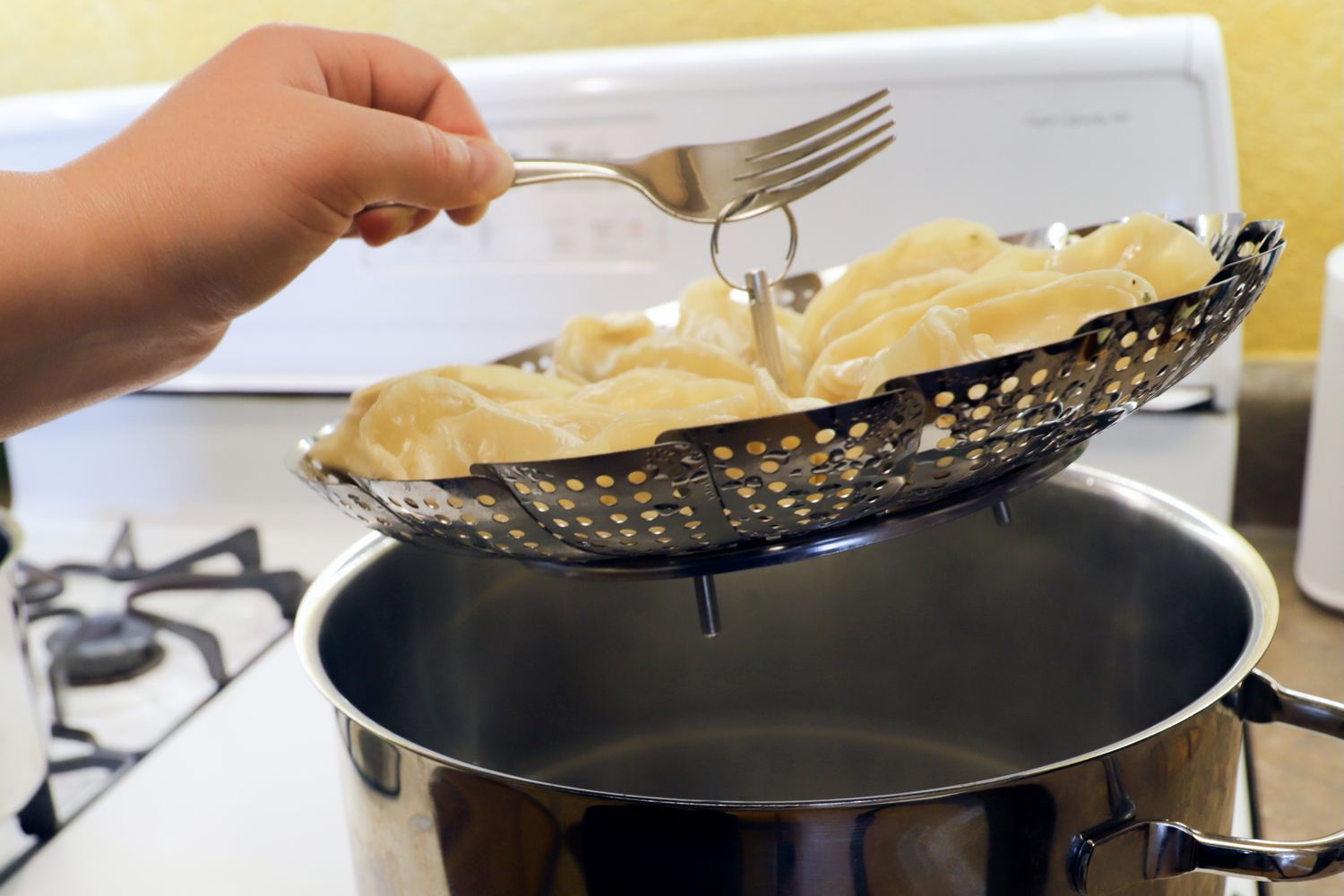
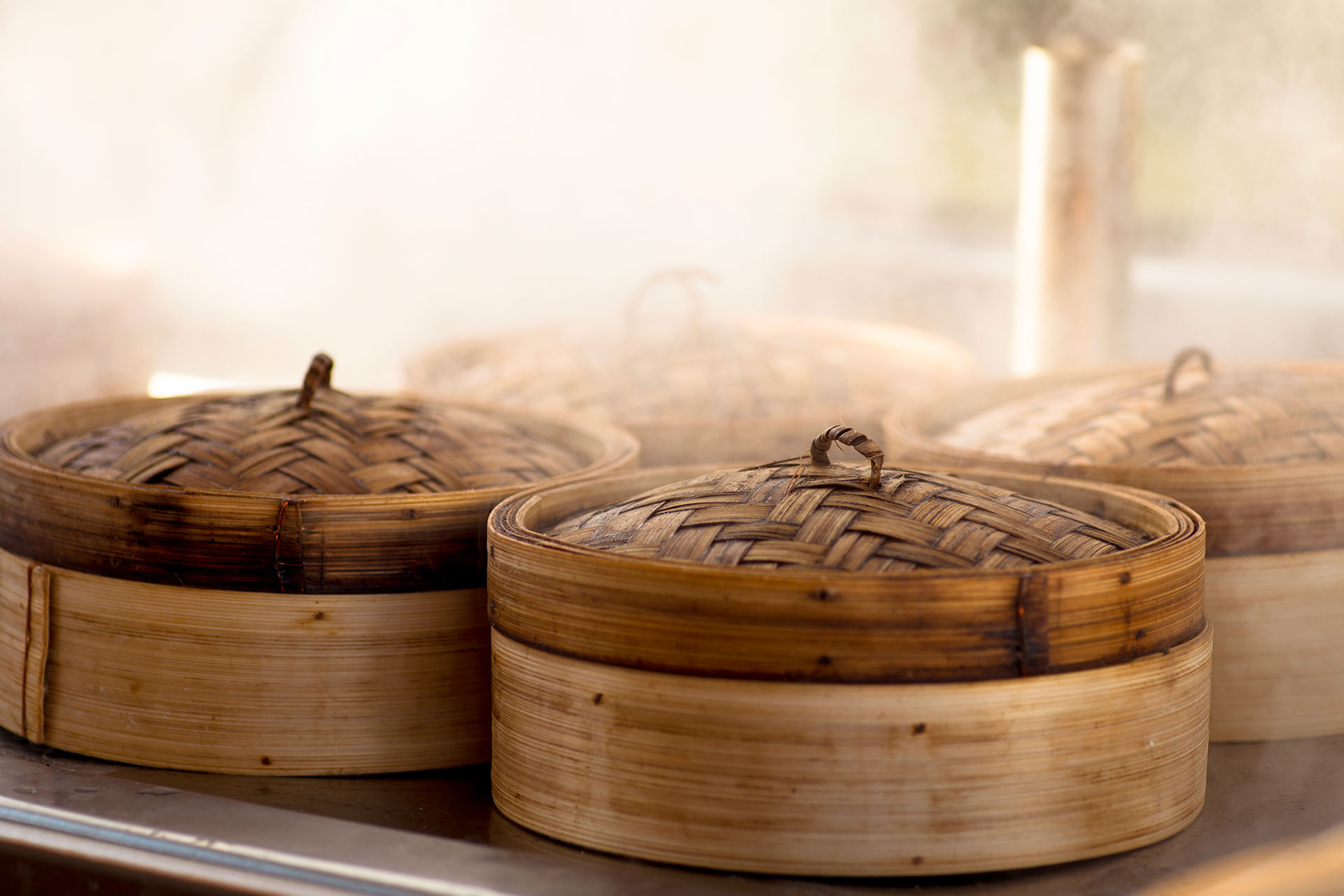
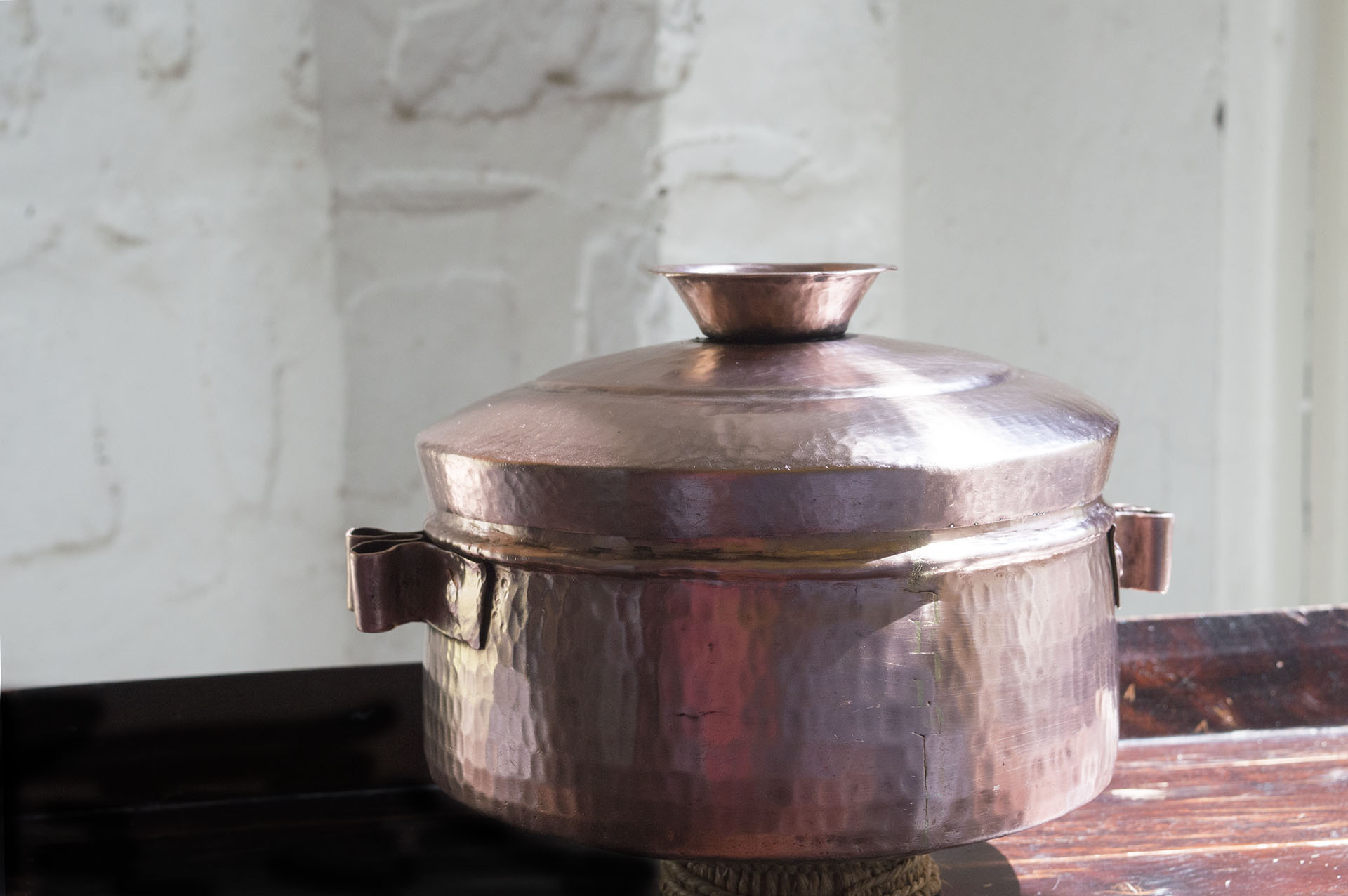
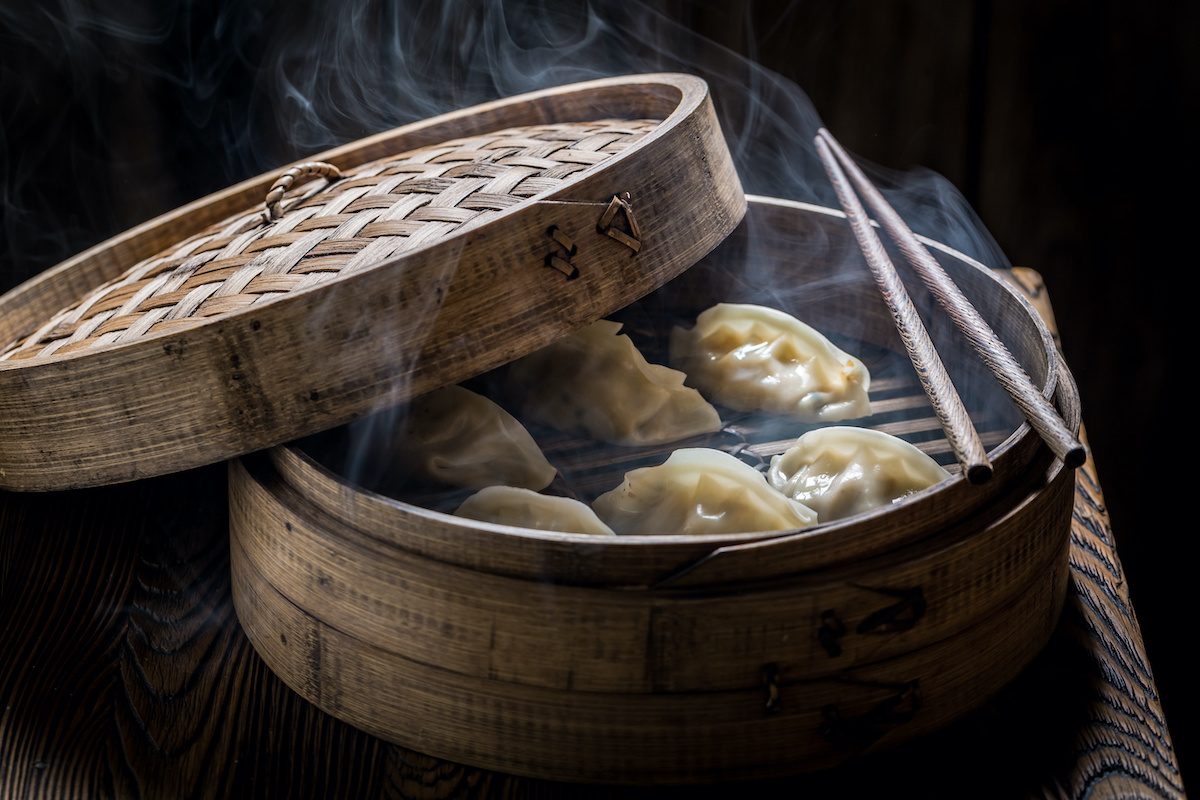
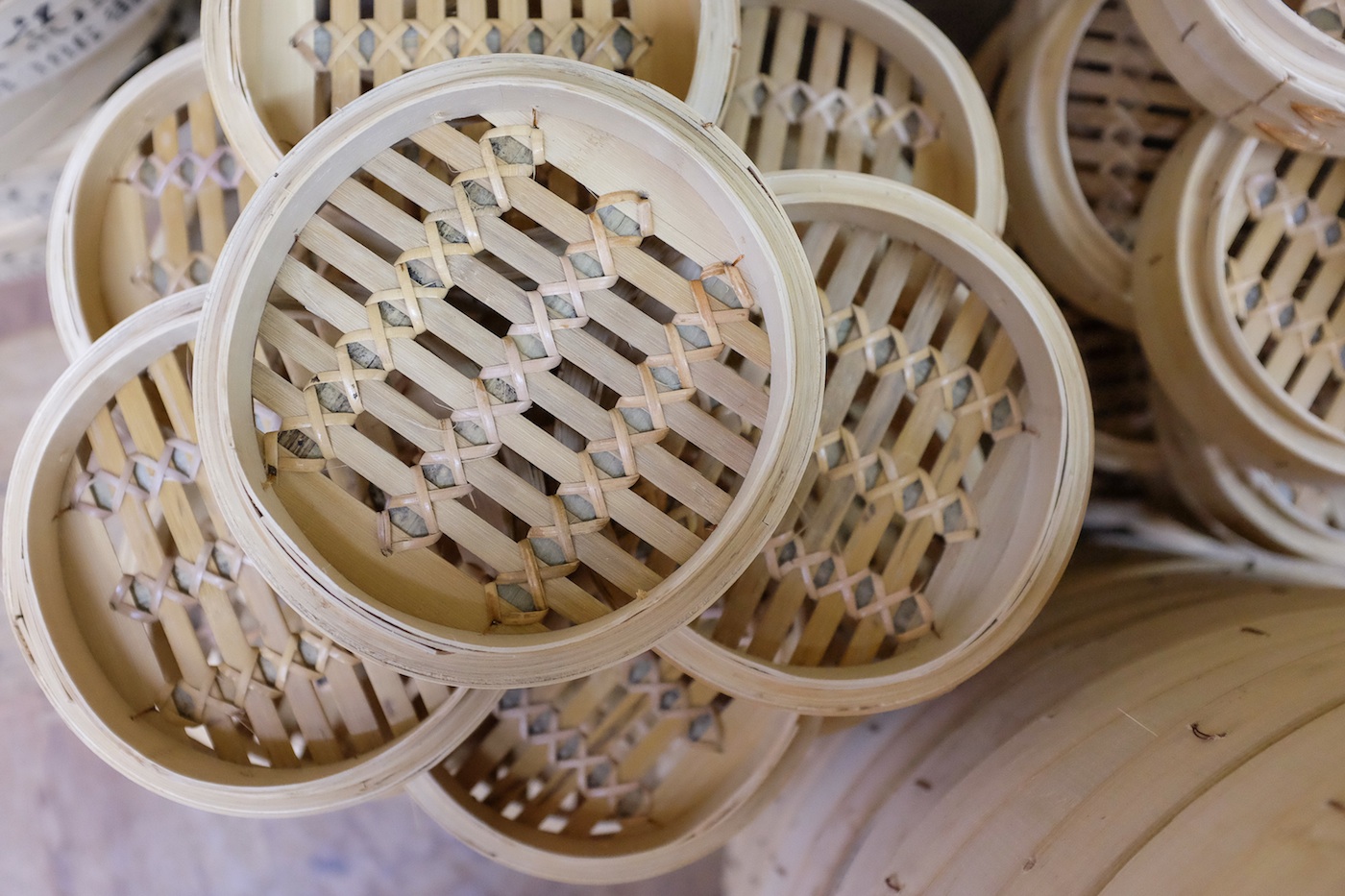
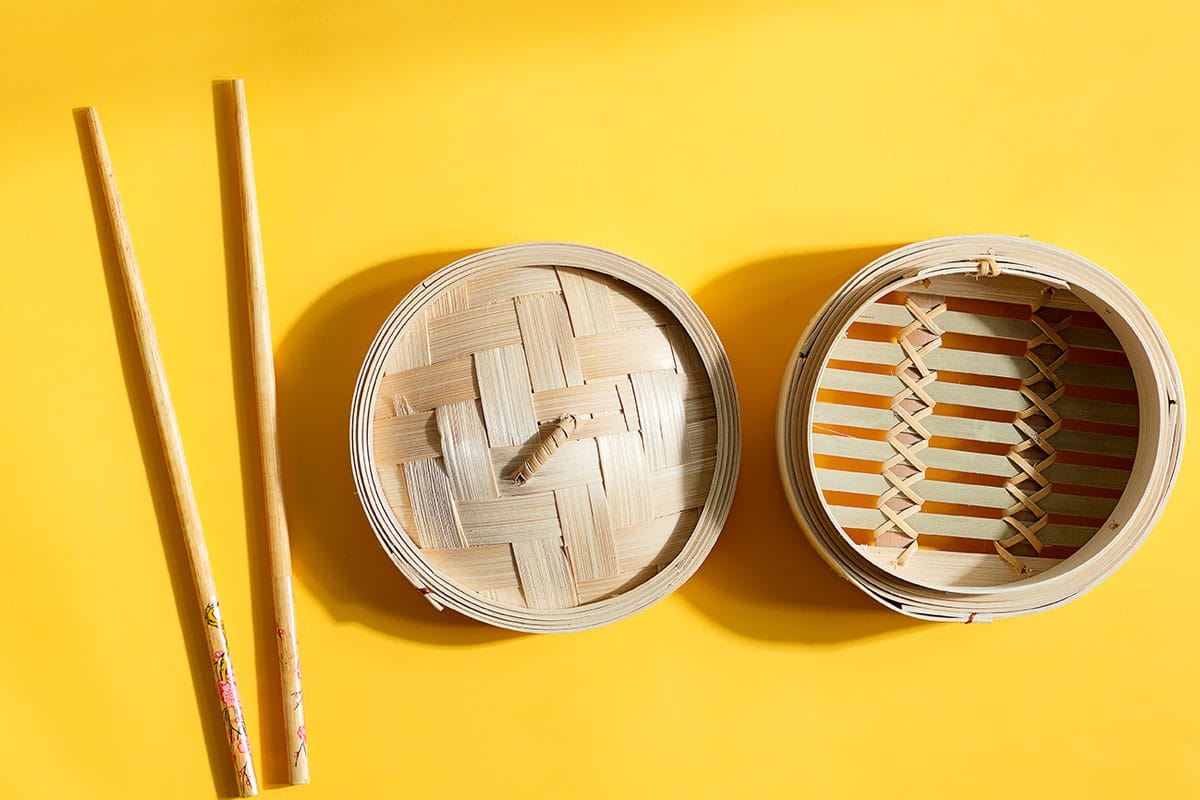
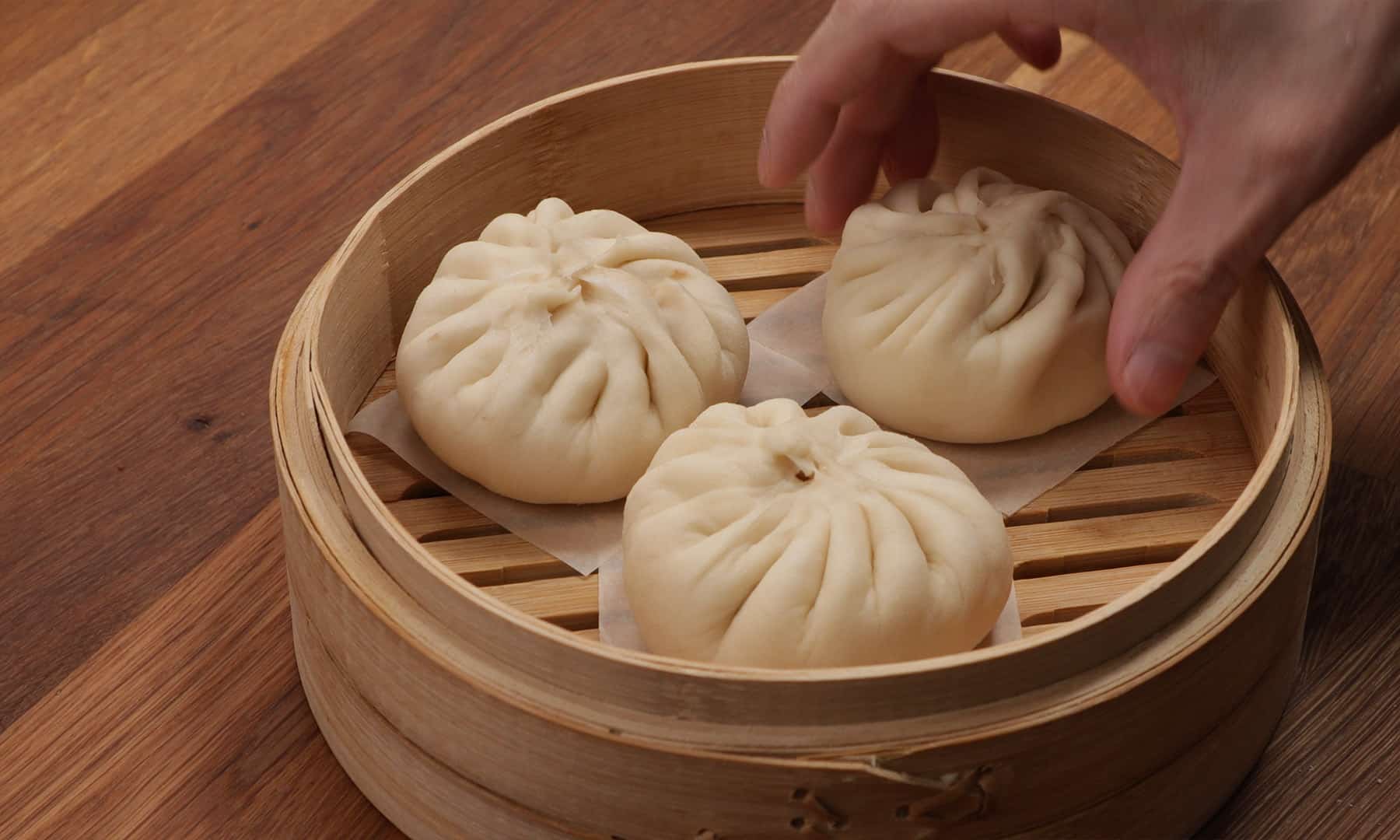
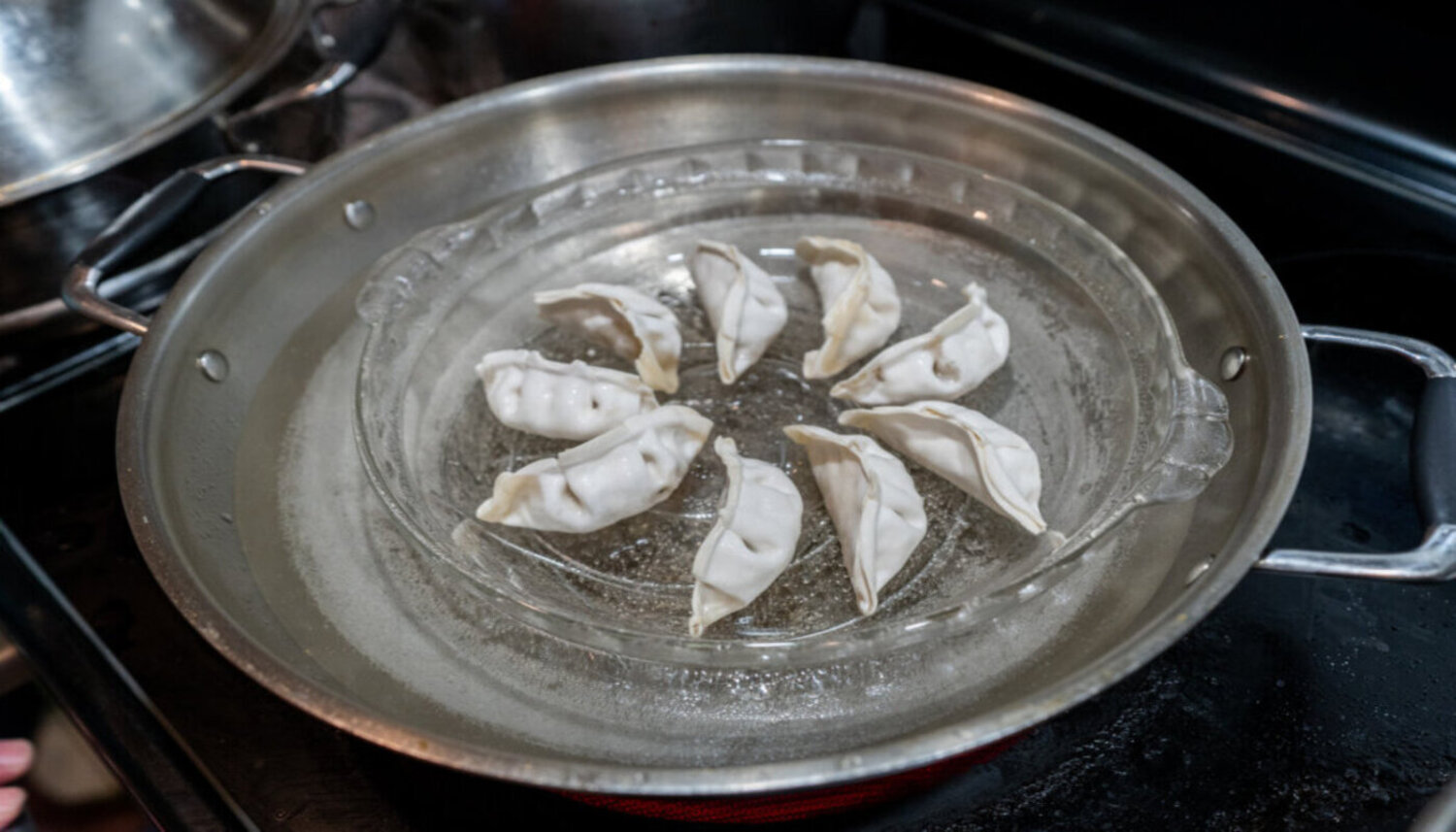
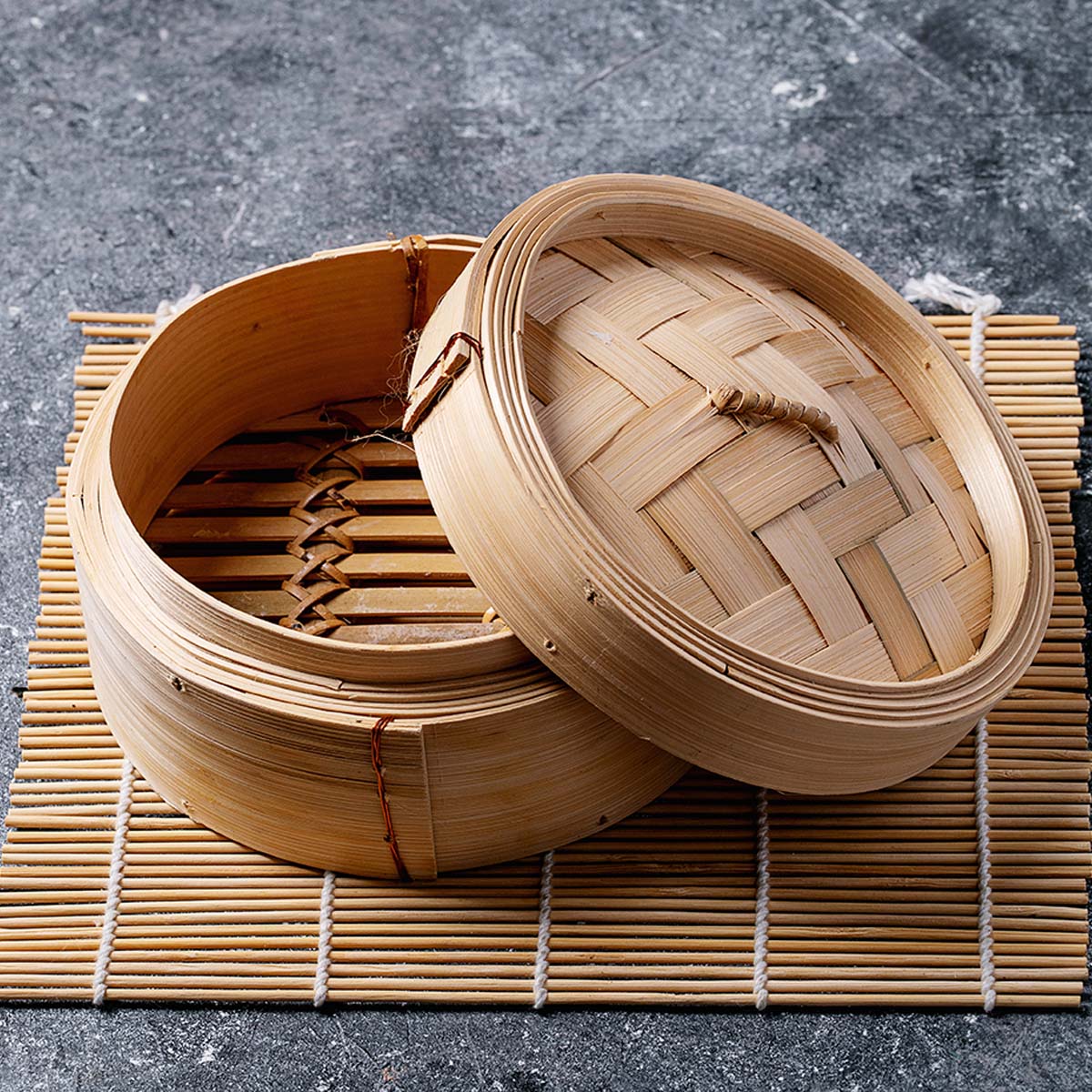
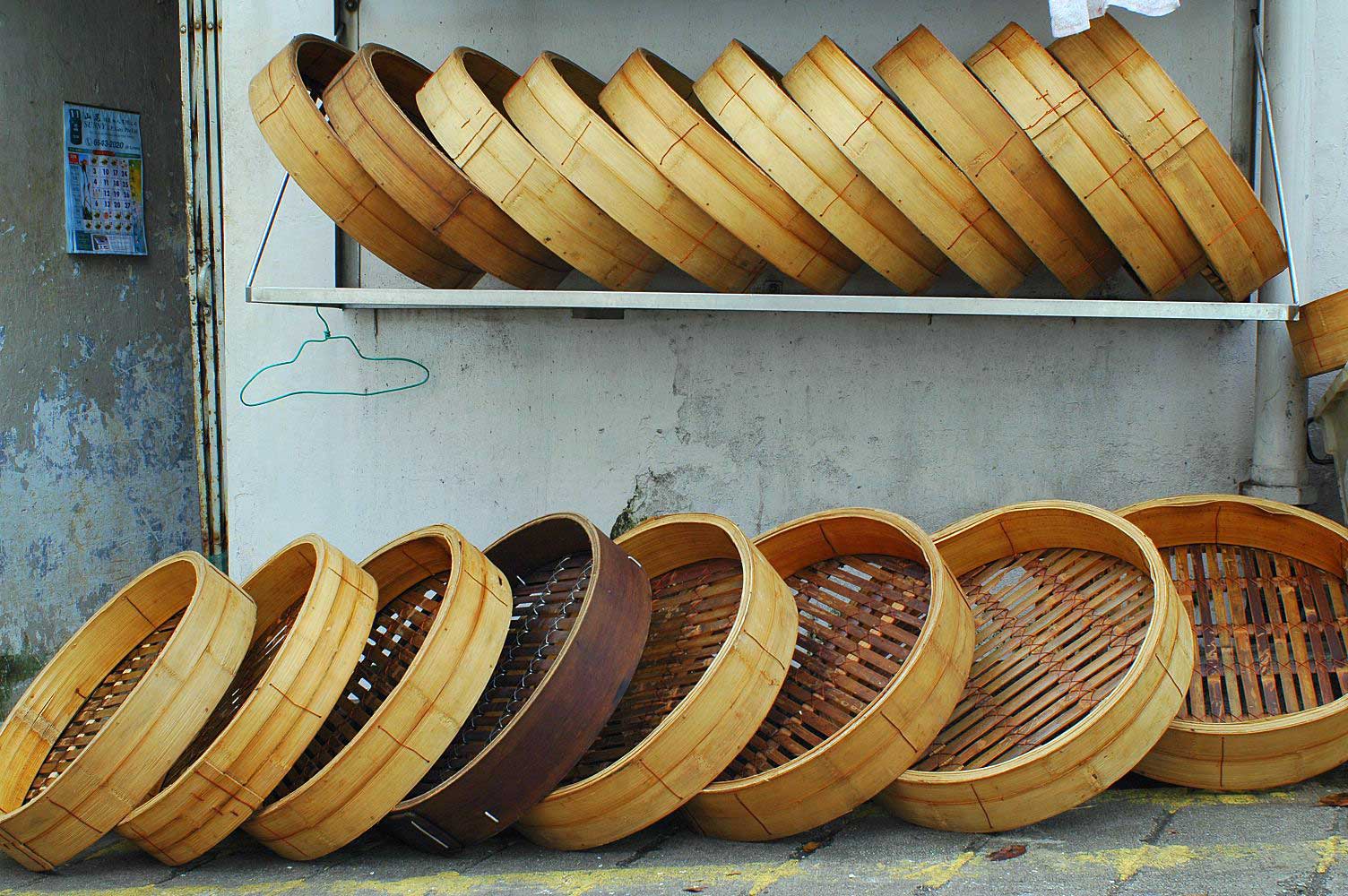
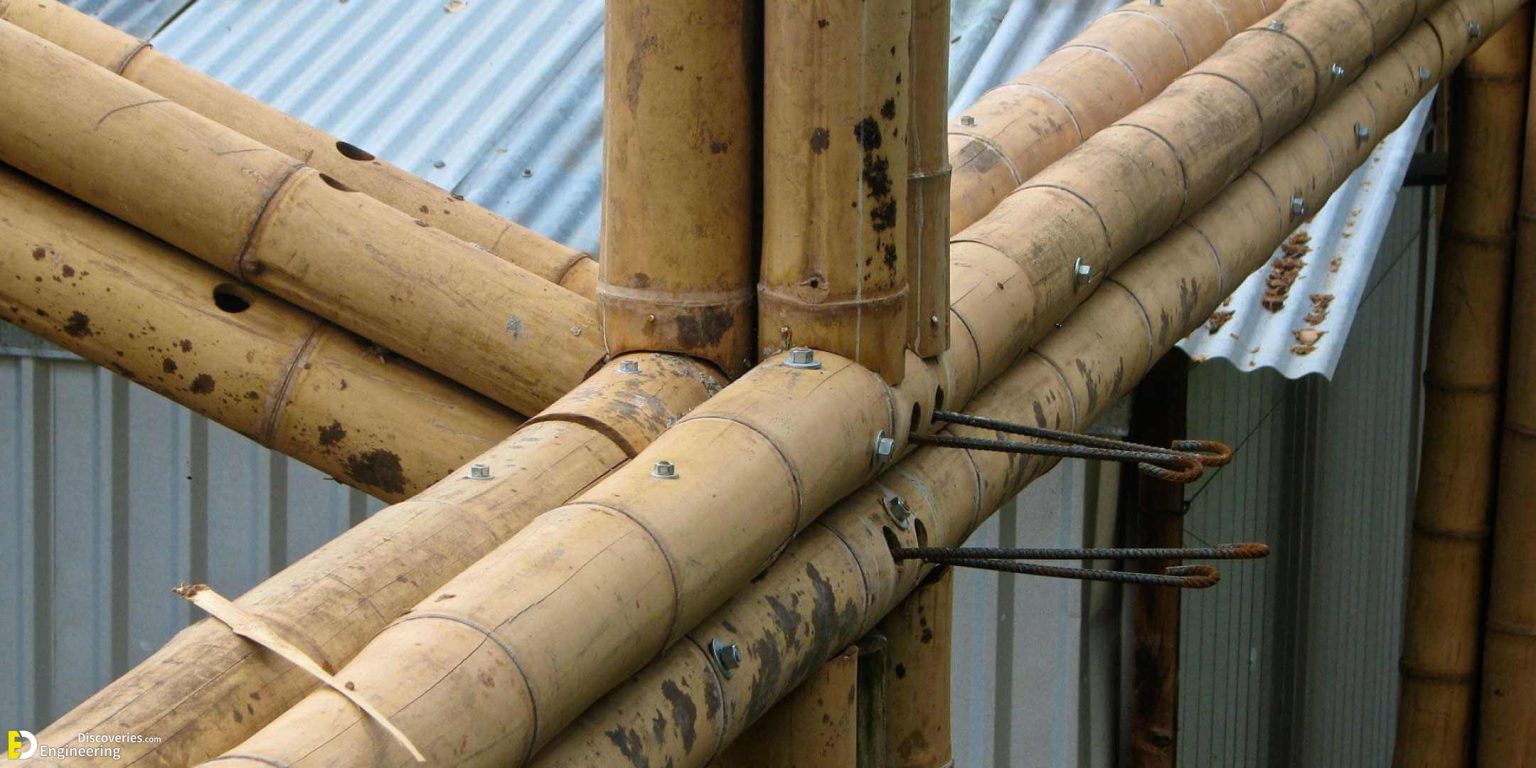
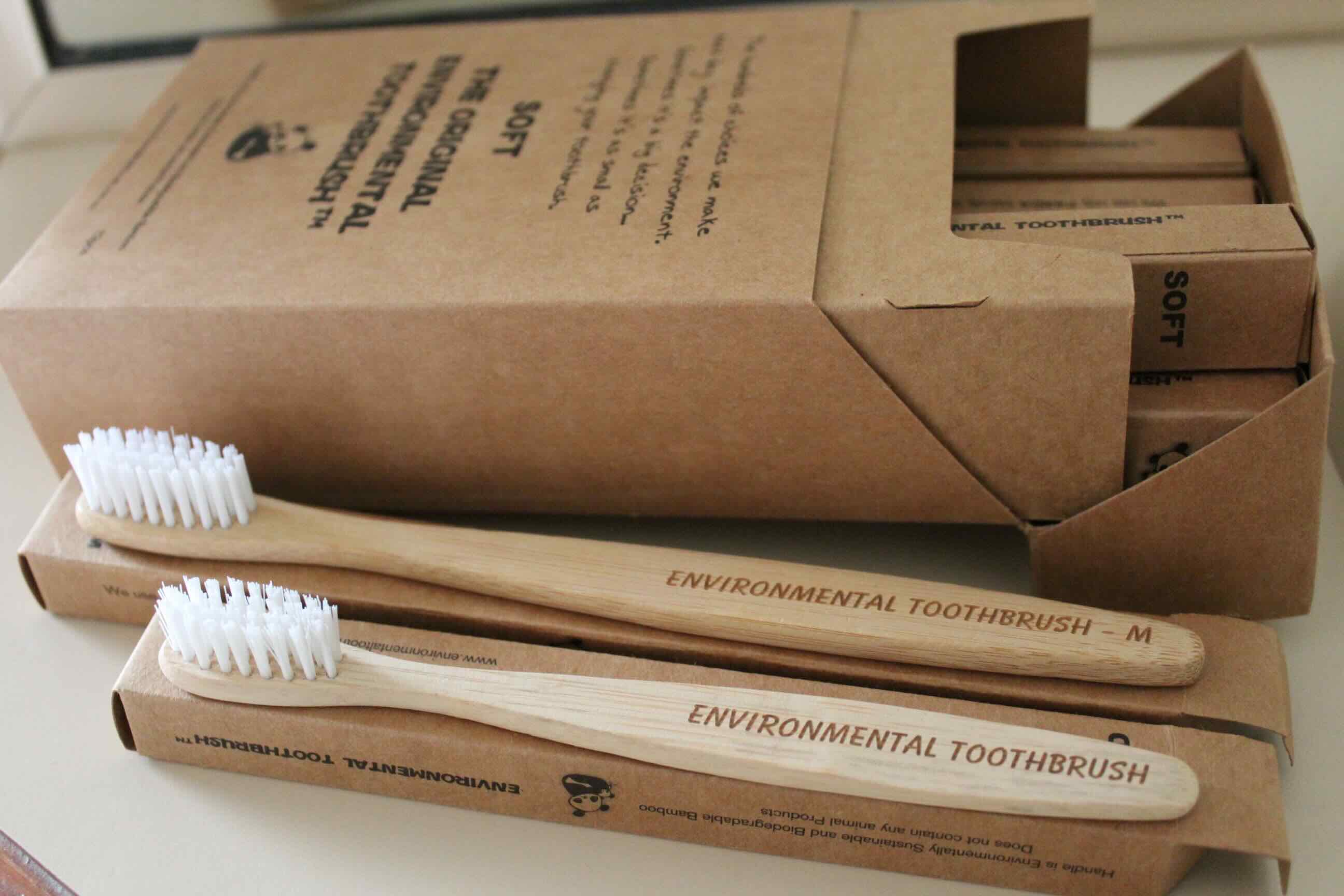
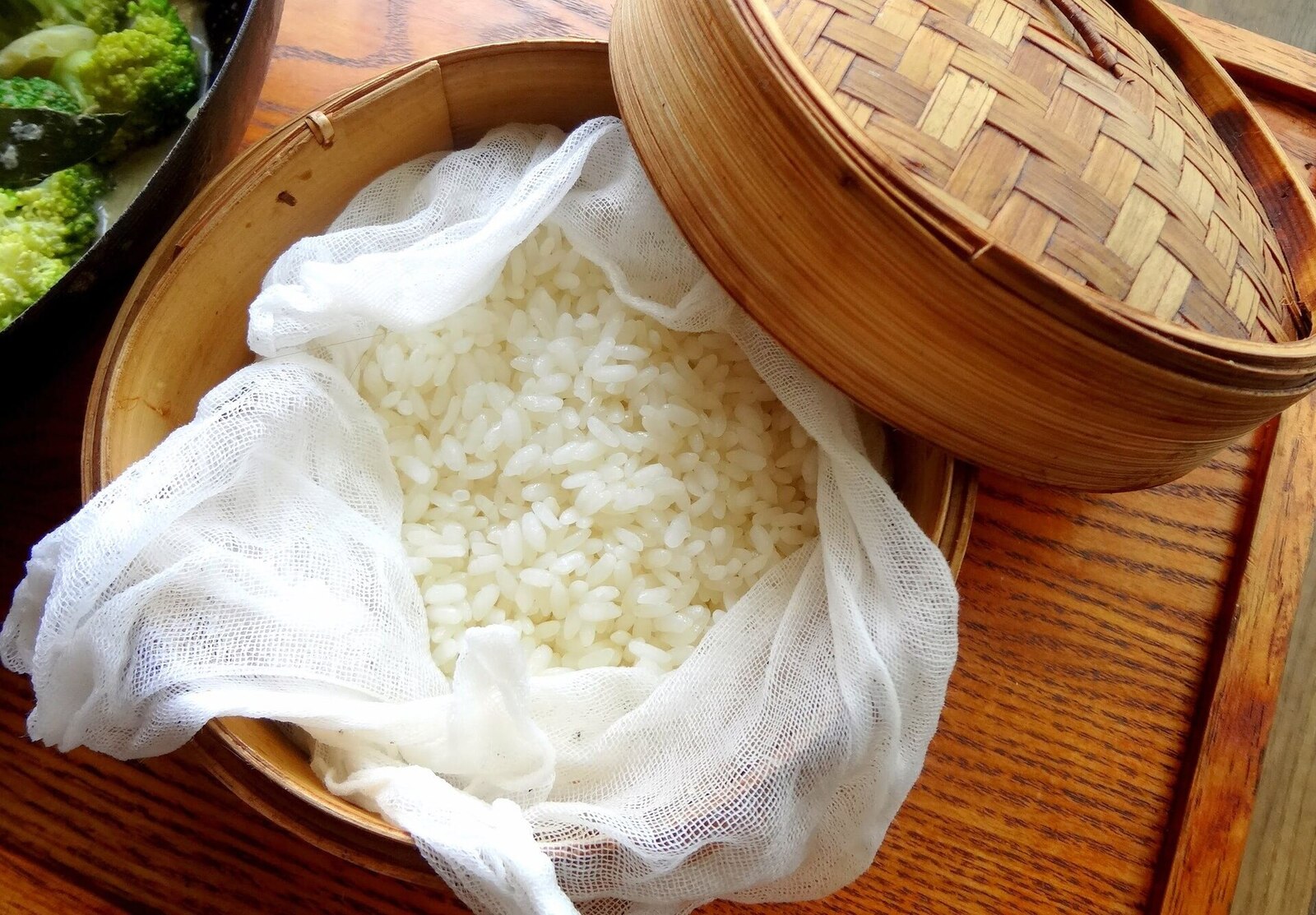

0 thoughts on “How To Use A Bamboo Steamer For Dumplings”